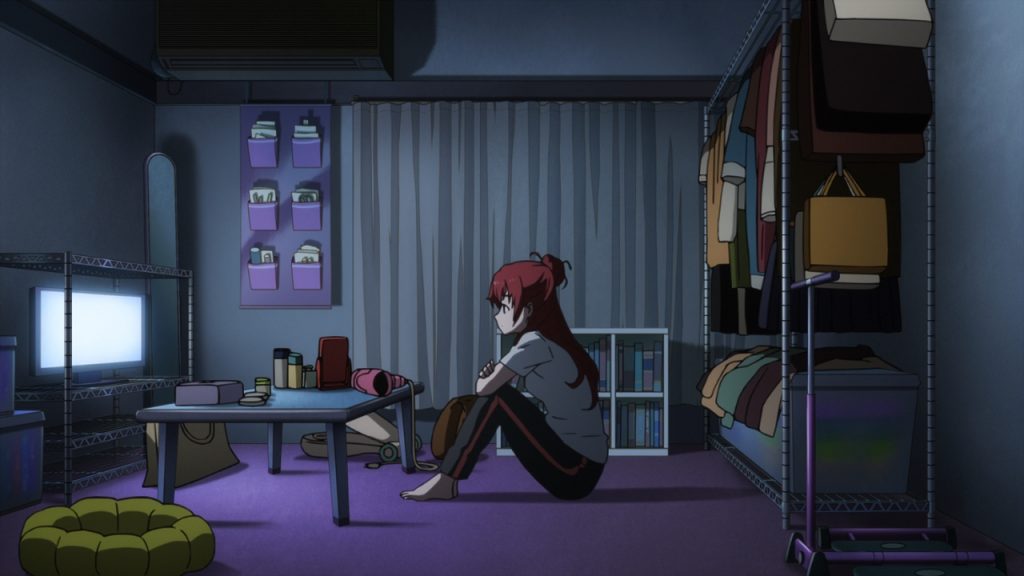Crunchyroll, currently the largest anime streaming service, started as a pirate streaming site. That’s well-understood. They started in 2006 and went legit in 2009, establishing themselves in the anime streaming market before such a market even existed. Since then, it’s seen competition from established services like Hulu and Netflix, as well as from other dedicated services like HIDIVE, Anime Strike, Daisuki, and others, with varying degrees of success.
But Crunchyroll had such a distinct and significant first-mover’s advantage that dethroning them would be a significant undertaking, and it’s basically impossible to replicate Crunchyroll’s success in the same way.
Crunchyroll had a unique start as a legit business. You might even call it a head start. Crunchyroll’s shift to legitimacy was predicated on a $4.05 million investment from Venrock, a venture firm.
Which is to say: Crunchyroll got a $4 million head start while still operating primarily as a pirate streaming site.
Since then, the company’s shares have exchanged hands a few times. Now it rests firmly in AT&T’s lap. No doubt Venrock got their money’s worth.
But the question now is: Can another company replicate that success? The deal was a gamble for Venrock, but Crunchyroll proved the formula can work. At the same time, however, Crunchyroll’s current position makes things more difficult for up-and-comers.
Crunchyroll sits on production committees. That is to say, they invest their own money in the production of certain anime. This guarantees them a stake in those shows’ success, and ensures they get to keep the streaming rights.
This is major. Exclusivity is one of the best options newer streaming services have to compete with incumbents. Even if another venture firm wanted to replicate what Venrock did with Crunchyroll, it’d be an uphill battle. They’d have to get creative.
The Crunchyroll/Funimation split dealt a blow, but left little opportunity for new competitors. HIDIVE was established by then, Funimation’s properties reverted to their own service, and the only areas left are niches served by services like RetroCrush.
The anime streaming war rages, but Crunchyroll doesn’t really need to fight. They established a position of dominance early on and spent a long time without any legitimate competition. Their biggest threat right now is probably complacency.
They’re a powerful brand in the anime space. However, their status as a subsidiary is a vulnerability. They have to constantly prove their worth to Otter Media, and in turn, WarnerMedia and AT&T.
Moreover, if AT&T finds themselves in bad financial straits, they might look to selling off subsidiaries, Crunchyroll included.
But regardless of what happens, this much is clear: Another Crunchyroll story isn’t gonna happen.

Pingback: Why Doesn't Crunchyroll Pay Translators Less? » Otaku Entrepreneur
Pingback: Will AnimeLog Distrupt the Western Industry? » Otaku Entrepreneur
Pingback: The Company Behind The Top Anitube Creators » Otaku Entrepreneur